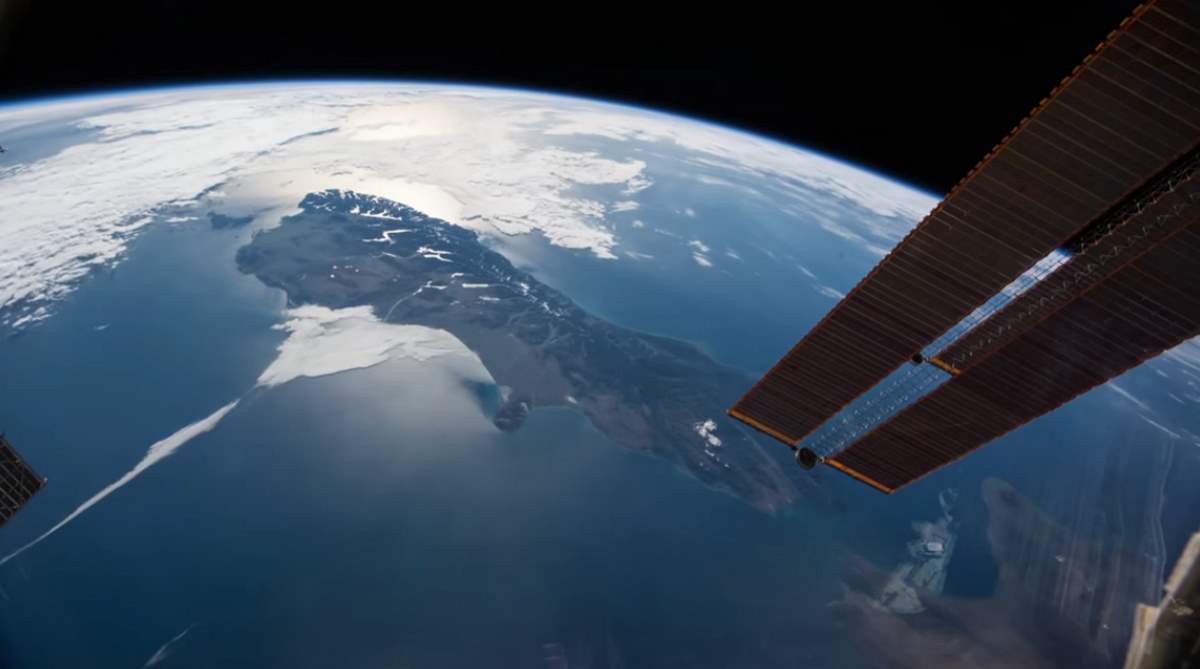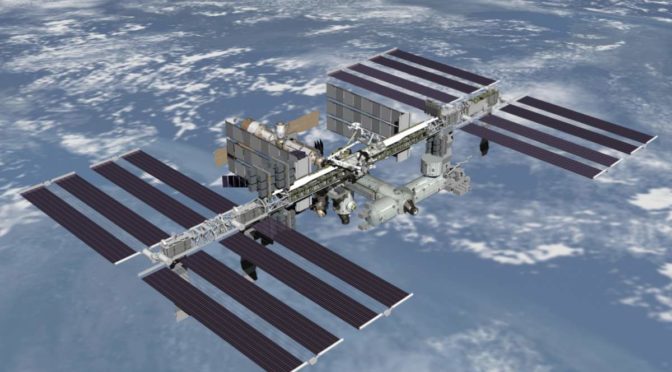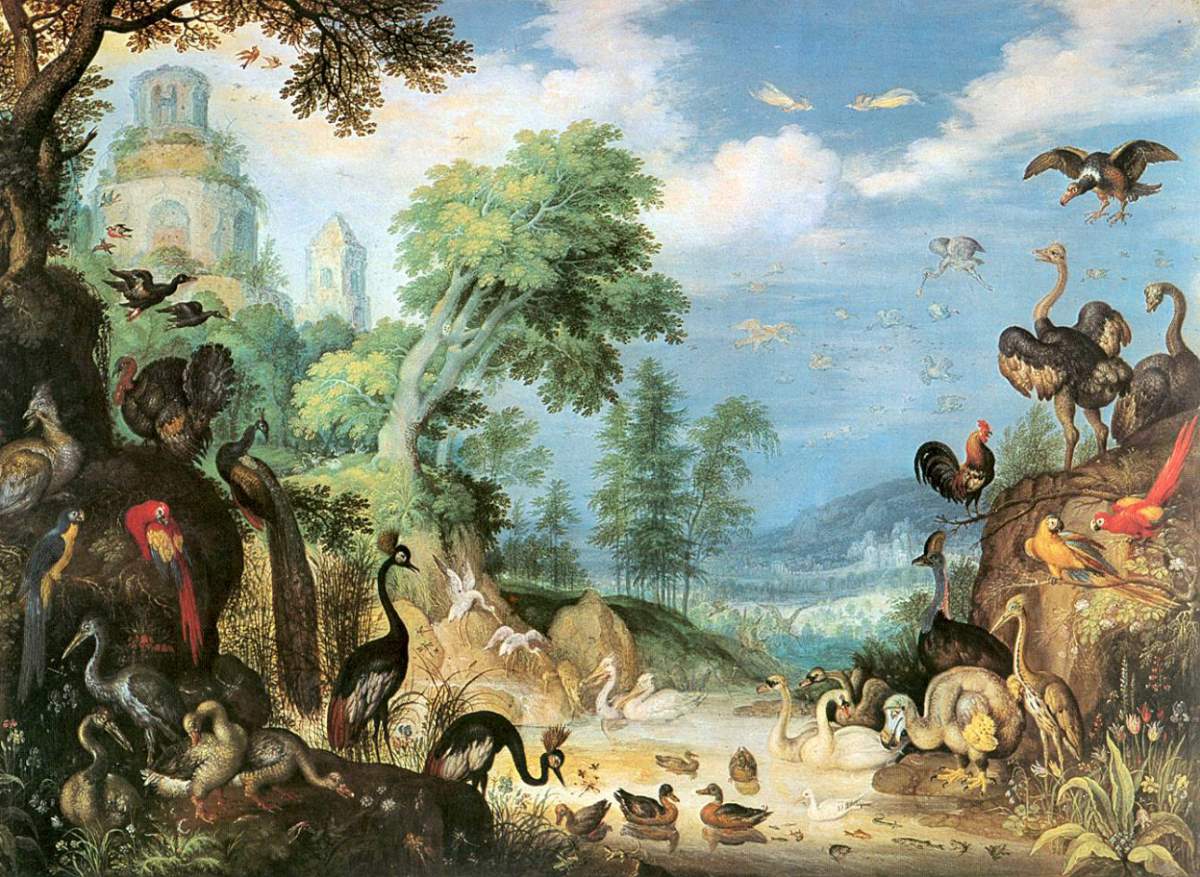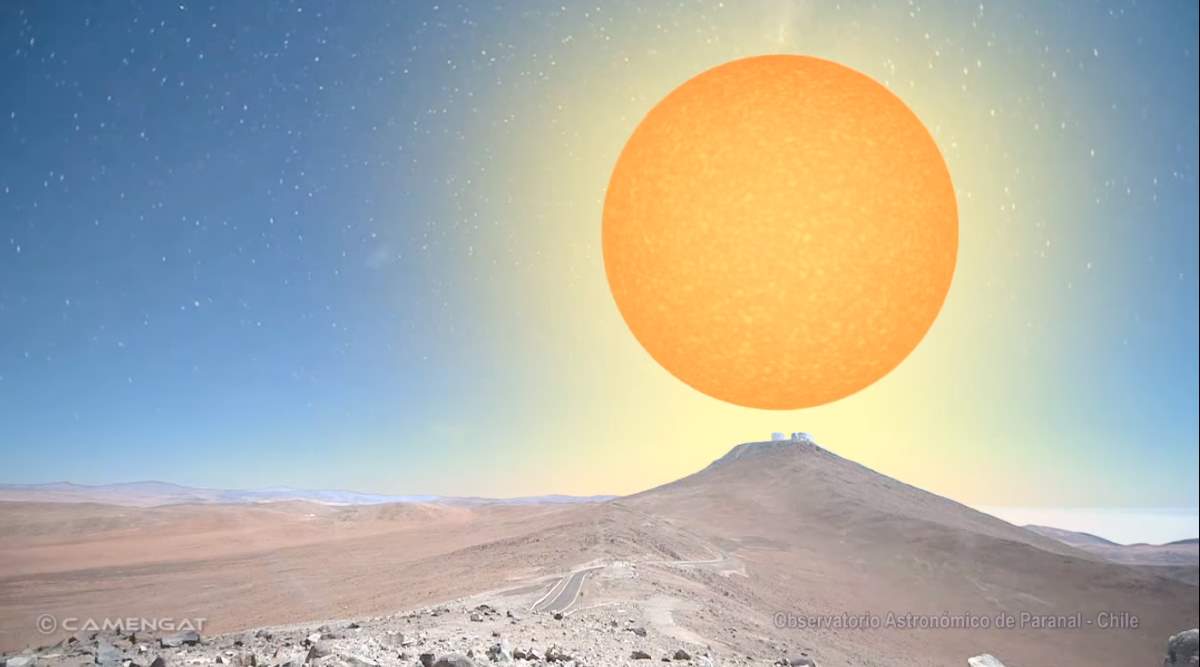An amazing video of our beautiful Blue Marble from the International Space Station, titled “ISS over New Zealand”, was published by the NASA Crew Earth Observations channel.
Continue reading “ISS Over New Zealand (Video)”The marvel of LED lighting is now a global blight to health
Light pollution is often
NASA Has Released Apollo 11 Mission Audio
NASA has just published Two Years’ Worth of Apollo 11 Mission Audio (the first crewed moon landing mission) on their website “Explore Apollo“. That’s more than 19,000 hours of audio
The coldest place in the Universe is now on the ISS
As soon as NASA’s Cold Atom Laboratory (CAL) began producing ultra-cold atoms, the International Space Station (ISS) became the coldest place in the known universe. The formation of a Bose-Einstein condensate, the fifth state of matter occurred in NASA’s Cold Atom Laboratory (CAL) at a temperature of 130 nanoKelvin or less than 10 billionths of a degree above Absolute Zero. Absolute zero, or zero Kelvin, is equal to minus 459 degrees Fahrenheit or minus 273 Celsius. Previously, the record-cold was achieved in Prof. Wolfgang Ketterle’s laboratory at M.I.T. (Massachusetts Institute of Technology): half-a-billionth of a degree above absolute zero.
Continue reading “The coldest place in the Universe is now on the ISS”Extinction is forever: de-extinction can’t save what we had
When I hike up into the hills around Salt Lake City, above the Bonneville Shoreline Trail where the sagebrush gives way to the shade of the forest, mastodons are on my mind. Immense bones pulled from a sinkhole on the nearby Wasatch Plateau placed Mammut americanum in the area about 7,500 years ago – practically yesterday from the perspective of Deep Time. It might sound strange to say that I miss creatures I wasn’t around to see in the first place. But still, I mourn their loss as I plod through the woods, imagining their low rumbles and the splintering crashes as they browsed among the trees.
A small but growing number of scientists say that they could reverse that loss through de-extinction – genetic resuscitation in the style of the sci-fi yarn Jurassic Park. The idea is also now being marketed as conservation’s great hope to forestall the loss of biodiversity caused by humans. Biological Xeroxing was held up as one of the possibilities for species resuscitation at a National Geographic TEDx event on de-extinction in 2013. That same year, the discovery of a particularly juicy mammoth carcass, dripping with what appeared to be blood, sparked a flurry of reports assuring readers that the return of the mammoth is nigh. For if there’s blood, there’s DNA, and if there’s DNA, then we can have the Ice Age beast back, right?
Continue reading “Extinction is forever: de-extinction can’t save what we had”History of Global Warming in just 34 Seconds
Climate Central channel has put the 116 years history of global warming into a just 34-second video. The result is terrifying.
Continue reading “History of Global Warming in just 34 Seconds”No, NASA did not spend millions to develop a space pen, while the Soviet cosmonauts were using pencils [Urban legend explained]
Here’s the story: during the 1960s as NASA was sending the first astronauts to space, they realized that pens don’t work in zero gravity (or actually microgravity), so they spent years and many millions of taxpayer dollars to develop a “space pen”, which means a pen that can write in the microgravity. Meanwhile, the Soviet cosmonauts simply used pencils.
As Curious Droid pointed out in the video below, “the moral of the story to many is that NASA was a wasteful government organization that would be giving your hard-earned tax dollars to some greedy contractors charging sky-high prices for seemingly trivial objects whereas the enemy (the Soviet Union) was common sense and practical.”
Why can’t we Remake the Rocketdyne F-1 Engine, which took humans to the Moon?
The mighty Saturn V, the rocket that took humans to the moon, remains the tallest, heaviest, and most powerful rocket ever brought to operational status (as of 2018). It was used by NASA between 1967 and 1973. It was powered by five Rocketdyne F-1 engines. With a thrust of 1,746,000
Today, private companies like SpaceX, Blue Origin, and space agencies like NASA trying to build powerful rockets in order to reach Moon and Mars. But, we’ve already built a rocket that took us to the moon, why don’t we simply remake it (and the engines)? In the video below, Youtube user Curious Droid answers this question.
Continue reading “Why can’t we Remake the Rocketdyne F-1 Engine, which took humans to the Moon?”What other stars would look like in the place of the Sun?
The Sun is the primary source of energy for Earth’s climate system, and life on Earth. With a diameter of about 1.39 million kilometers (864,337 miles, i.e. 109 times that of Earth), and a mass of about 1.9885×1030 kg (330,000 times that of Earth, accounting for about 99.86% of the total mass of the Solar System), it may be the biggest thing in this neighborhood, but it is actually just a medium-sized star among the hundreds of billions of stars in the Milky Way galaxy.
In the video published by the CAMENGAT creative astronomy below, you can see some dwarf stars and other giants compared to the Sun at the edge of its sphere: at 150 million kilometers (1 AU, see notes 1) with a 50 mm objective. The stars are the Sun, Alpha Centauri A, Sirius, Vega, Pollux, Arcturus, Aldebaran, Rigel, Antares, and Betelgeuse. The scenario: Astronomical Observatory of Paranal, Chile.
Continue reading “What other stars would look like in the place of the Sun?”I was on the Moon!
On July 20, 2018 (on the 49th anniversary of the moon landing), Linn LeBlanc, Chief Operating Officer at Buzz Aldrin Ventures, LLC asked on Twitter that: “Where were you 49 years today when @TheRealBuzz and Neil Armstrong made those historic first steps onto the Moon. Congratulations to the #Apollo11 crew and to the thousands that made those steps possible!” And Buzz Aldrin’s answer to that question was brilliant: “I was on the Moon!”
Continue reading “I was on the Moon!”







